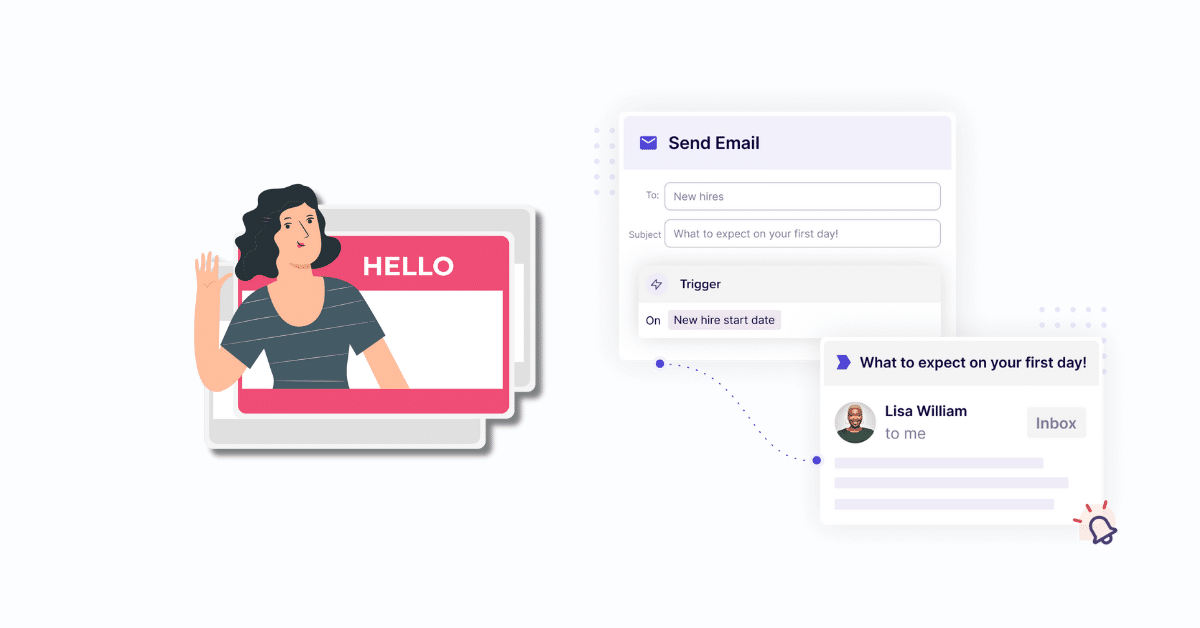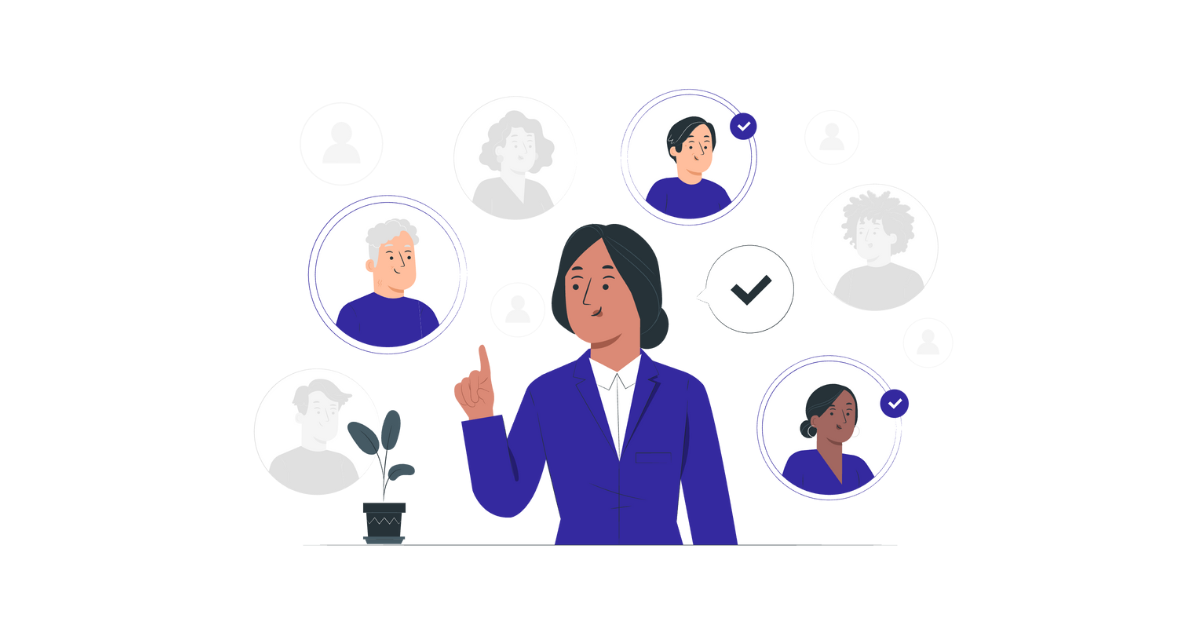We’ve talked with hundreds of People Teams at hypergrowth companies in Silicon Valley and across the US. In Part 1, we uncovered what it takes to deliver a personalized remote onboarding experience at scale. Here in Part 2, we delve deeper into the emerging challenges.
Some companies are only now just starting to put in new processes. While others have risen to the challenge swiftly. The latter “super teams” recognize that you need to go beyond just the traditional HR and operational aspects and master delivery in all 3 success areas.
-
- HR & Operational – the new hire has completed all HR paperwork, benefits, tech, legal, and compliance requirements.
- Knowledge Sharing – the new hire has learned about the business and has the departmental-level info they need to do their job.
- Cultural & Experiential – the new hire understands the company culture (how things are done) and gets a feel for the company vibe.
For lean but growing companies in the 200 to 500 employee range, we’re hearing that all of this takes at least two days of People Team time every week devoted to all of the manual coordination and tracking required. This time and resource-heavy process is due to current challenges in several areas.
Kryptonite 1 | Manual work via spreadsheets due to separate systems
The biggest issue at hypergrowth companies is there is no central place to manage the process. Teams are bandwidth and budget-constrained and find it hard to justify a whole other onboarding platform on top of all of the other tools already in the tech stack – the core HRIS, the benefits, PEO, legal, gifting, food delivery, physical workplace platforms, project management, spreadsheets, email, Confluence, Slack, Okta, etc.
Even the onboarding modules within the HRIS are often solely focused on the traditional HR items in the “operational” bucket and may even have a tactical checklist. But there’s a gap in workflows required to also execute on the “knowledge sharing” and “culture / experiential” aspects.
People Teams end up manually doing the long list of steps to coordinate, execute, and track everything in a spreadsheet. This includes proactively scheduling 1:1s and introducing key people across the org. It also includes all of the culture aspects, e.g., getting people company branded t-shirts, employee swag, and all of the email communications before, during and after the first day to welcome the new hire.
So much of the work is following up with people to make sure things are done. Have you set up the check-ins with your new hire? Did the new hire receive their plant or company swag? You’re in an on-going cycle of managing cohorts at different stages of their onboarding journey, which adds complexity.
Kryptonite 2 | No shared view, inconsistent handoff experience
In addition, the view into the tracker and all of the documentation is not shared across every individual involved in the onboarding process – the new hire, People Ops, IT, managers, etc. People Teams lose visibility into whether the new hire got all of their platforms set up with IT, so it’s often a back and forth to double-check.
Once the new hire is done with Day One company-level requirements and introductions, they are released to the departmental manager. That handoff is often an inconsistent experience. Some managers are really good at having a process in place, others are not so organized. So People Teams need to check-in with the new hire to ensure they’re getting the knowledge they need to understand the business and the job.
Kryptonite 3 | Disorganized content housed in different places
People Teams need to organize the company-level information in one place. The traditional HR items are often organized in the HRIS and on benefits platforms, but other resources such as glossaries, training videos, etc., take time to curate and need to be housed in a central hub. Often teams turn to GoogleSites or Confluence, but that information quickly becomes difficult to find in a sea of other content. The more resourced teams have a learning and development team they can lean on to build out a curriculum on an LMS (learning management system).
When new hires start to dive in on week one, individual departments have their own knowledge-sharing practices and systems, leading to inconsistent experiences. Again, some teams are quite organized. Others have a tendency to give people a huge library of content to read. In a remote environment, this can be overwhelming. People won’t know where to go for the most important information and it’s tough to retain so much content at once.
Kryptonite 4 | Difficult to add a culture vibe to remote
Once the operations and knowledge sharing are accomplished, the next level is delivering an experience where the new hire feels connected with colleagues and the culture. This takes next-level ninja skills because you’ve got to get creative with ways to connect in both the digital and physical world.
The best People Teams go out of their way to orchestrate personal welcome email communications at every step of the new hire journey. They tap “new hire buddies” across the org to reach out and connect with the new hire on a personal level for virtual coffee chats. They also bring the physical into the remote office by setting up gifting and lunch deliveries.
Events also become an important way for new hires to integrate into the culture. The best People Teams orchestrate events on digital platforms and in-person that allow for authentic connections beyond the Zoom. They need to get a good feel for everyone’s vibe and design experiences that resonate.
This includes company-level All Hands that integrate interactive engagement before, during, and after the event, with fun trivia games, ice breakers, and small group breakout sessions. If teams are geographically located close by, People Teams also orchestrate local in-person events, all while ensuring COVID protocols are adhered to.
And at the end of that entire onboarding process, the heroic People Teams want to know through surveys that they’ve delivered a positive experience for a happy, productive employee who will deliver value for years to come.




